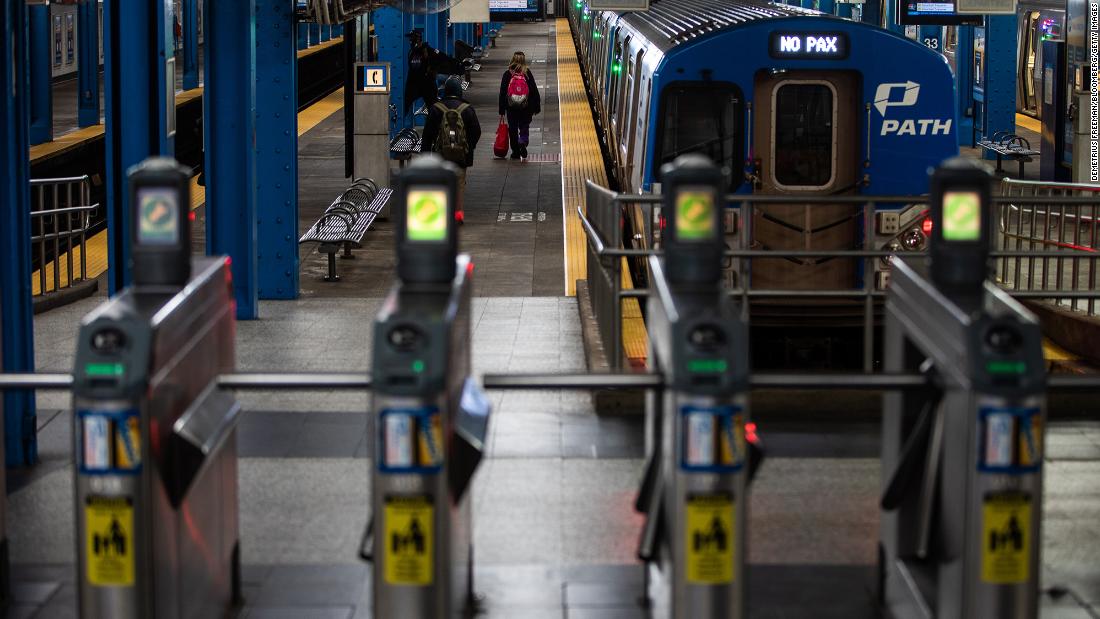The dirtiest system in the region? According to the study, it is the centenary lines of the Trans-Hudson Port Authority that connect New York City to northern New Jersey. The researchers found that a particular station – the Christopher Street PATH station in Manhattan – had air pollution “higher than any level reported for any subway system worldwide.”
The average amount of particulate pollution found at PATH stations surveyed in the study is more than double the average amount found at Boston, Philadelphia or Washington underground stations.
In all tested systems, the measured particle levels were two to seven times what the Environmental Protection Agency’s ambient air quality standards recommend over a 24-hour exposure period.
The New York City subway system, a separate network of trains administered by the state of New York, came in second, with rates below the PATH system, but higher than the count in the other three cities.
“We are obviously concerned,” said Rick Cotton, executive director of the Port Authority of New York and New Jersey, which operates the PATH system, on Thursday. “We only received the report yesterday, around noon. Our plans are first of all to deepen the report.
“We are fully committed to protecting the health and safety of our workers, we are fully committed to protecting the health and safety of PATH passengers, and we will delve deeper into this, reach conclusions and, if necessary, develop an appropriate action plan to address that, “he said.
The Metropolitan Transit Authority, the state agency that runs the New York subway system, did not respond to requests for comment.
The findings ‘raise serious health problems’
In all systems, the researchers said, underground stations showed greater amounts of particulate pollution than those found on trains between stations. Measurements on the train were higher than those made at air stations, and all measurements were higher than the level of ambient pollution outside the transit system.
The researchers wrote that an analysis of particulate pollution found that, among the systems tested, iron was responsible for the most common particulate material found in the air, making up more than half of the collected particles.
They wrote that the data “strongly suggest that the environment (particulate matter) is not a likely source” of pollution at New York’s underground stations, and that other sources instead “, such as the continuous friction of train wheels against rails, electricity, shoe collecting and diesel soot emissions from maintenance locomotives are important sources. “
The authors were quick to point out that only a few stations were selected in each system, and that these stations were chosen on purpose with the expectation that they would have the highest level of particulate pollution in their system. The stations in the New York MTA system were “a biased sample”, chosen based on the results of an earlier 2014 study.
“However,” they wrote, “our findings clearly indicate that concentrations (of particulate matter) at underground stations and measured on subway trains are much higher than above ground (levels), at least during peak hours.
“Even if (the data) represents extreme levels for these stations,” they continued, “(they) raise serious health problems and warrant further investigation.”
Speaking on Thursday, port authority president Kevin O’Toole agreed. “We just received the report, we will do a deep dive in the next few days,” he said. “The health and safety of workers and employees and the public are of utmost concern.”
